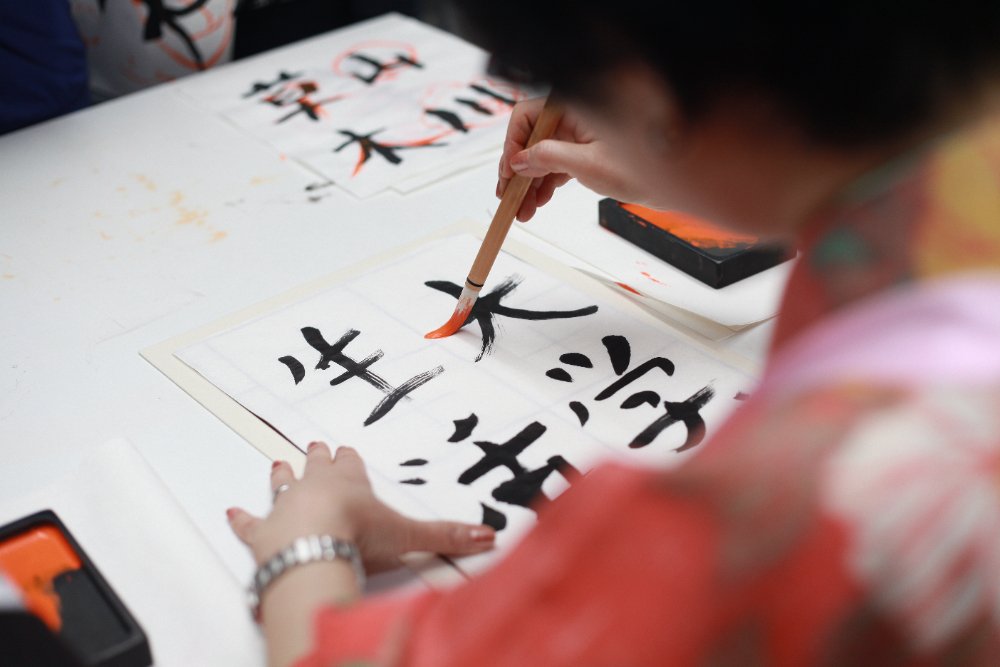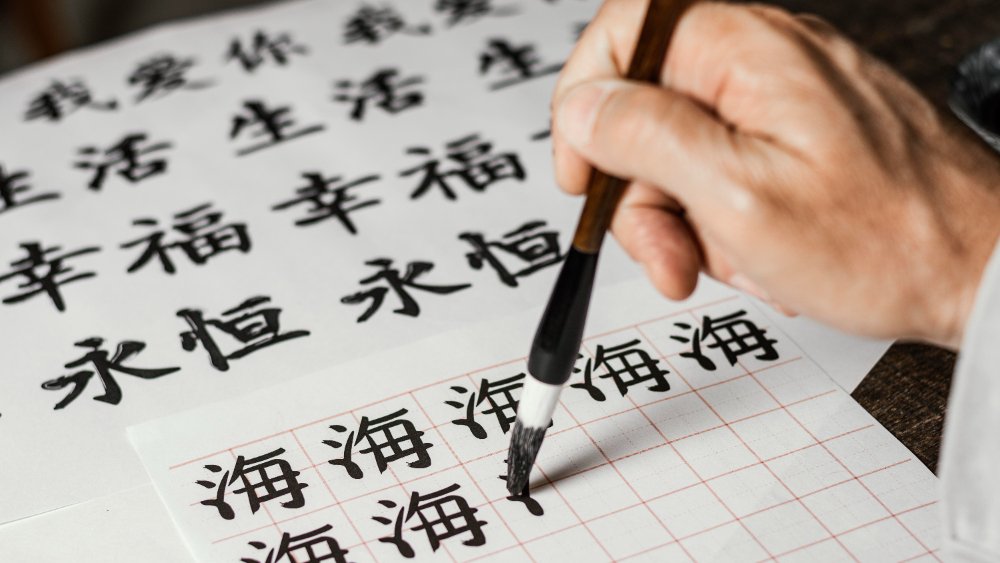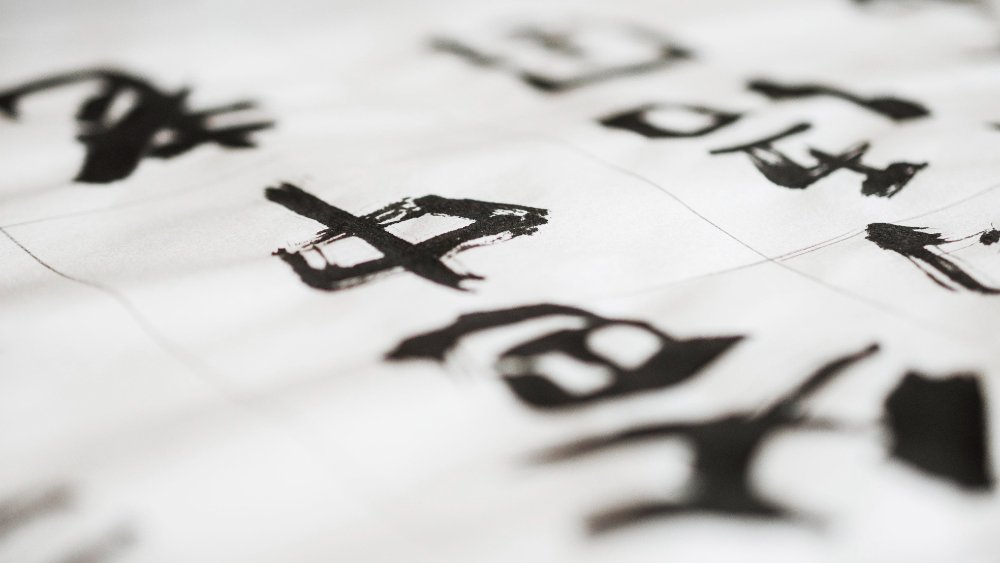
Table of Contents
If you’re beginning your journey into the Japanese language, one of the first and most essential steps is to learn Hiragana and Katakana. These two phonetic alphabets are foundational to understanding and mastering Japanese. Whether you want to study Japanese for career opportunities, cultural appreciation, or travel, learning Hiragana and Katakana will set you on the right path.
Learn Hiragana and Katakana
In this comprehensive guide, we’ll cover everything you need to know about Hiragana and Katakana, including their significance, differences, tips to memorize them effectively, and practical applications. By the end, you’ll understand why it’s crucial to learn Hiragana and Katakana and how you can do so efficiently.

What are Hiragana and Katakana?
Hiragana and Katakana are two of the three scripts used in written Japanese, the third being Kanji. Unlike Kanji, which are complex characters borrowed from Chinese, Hiragana and Katakana are phonetic scripts, meaning each character represents a specific sound.
- Hiragana: Used for native Japanese words, grammatical particles, and verb conjugations.
- Katakana: Primarily used for foreign loanwords, technical terms, and emphasis.
For beginners, mastering these scripts is essential to read and write basic Japanese. Before moving on to Kanji, it’s advisable to first learn Hiragana and Katakana thoroughly.
Why Should You Learn Hiragana and Katakana?
- Foundation for Learning Japanese
Without Hiragana and Katakana, understanding Japanese grammar, vocabulary, and sentence structure becomes nearly impossible. They form the building blocks of the language. - Improved Pronunciation
When you learn Hiragana and Katakana, you’ll become familiar with the sounds of Japanese. This will help improve your pronunciation and listening skills. - Access to Japanese Resources
Many beginner Japanese textbooks, websites, and learning apps use Hiragana and Katakana extensively. Being able to read these scripts allows you to access a wealth of resources. - Boost Confidence
Learning a new language can be overwhelming, but mastering Hiragana and Katakana gives you a sense of achievement and motivation to continue.
The Difference Between Learn Hiragana and Katakana
| Feature | Hiragana | Katakana |
|---|---|---|
| Purpose | Native Japanese words | Foreign words, technical terms |
| Appearance | Rounded and cursive | Angular and sharp |
| Usage Examples | さくら (sakura, cherry blossom) | カメラ (kamera, camera) |
Both alphabets consist of 46 basic characters, representing the same set of sounds. This means that the “ka” sound is written as か in Hiragana and カ in Katakana.
How to Learn Hiragana and Katakana
1. Start with a Chart
Begin by familiarizing yourself with a Learn Hiragana and Katakana chart. These charts display all the characters in their respective alphabets, along with their pronunciations.
2. Practice Writing Daily
Writing each character repeatedly helps reinforce your memory. Focus on stroke order, as it’s crucial in Japanese writing.
3. Use Mnemonics
Mnemonics are memory aids that associate characters with images or concepts. For example:
- Hiragana “あ” (a) looks like an apple with a bite.
- Katakana “ア” (a) resembles an arrow pointing up.
4. Flashcards
Create flashcards with the character on one side and the pronunciation on the other. Digital apps like Anki or Quizlet are also great for this purpose.
5. Learn in Small Chunks
Divide the characters into smaller groups and focus on mastering one group at a time. For instance, start with vowels (あ, い, う, え, お) before moving on to consonants.
6. Practice with Words
After memorizing individual characters, practice writing and reading simple words like “さる” (saru, monkey) or “テレビ” (terebi, TV). This reinforces your understanding of how the characters work together.
7. Engage with Real Content
Read children’s books, manga, or signs that use Hiragana and Katakana. Exposure to real-world content accelerates learning.

Challenges When Learning Hiragana and Katakana
1. Similar Characters
Some characters look very similar, such as ぬ (nu) and め (me). Pay close attention to their subtle differences.
2. Consistency
Consistency is key. It’s easy to forget what you’ve learned if you don’t practice regularly.
3. Katakana Usage
Since Katakana is used less frequently than Hiragana, many learners struggle to remember it. Allocate extra practice time for Katakana.
Practical Applications of Learn Hiragana and Katakana
Once you learn Hiragana and Katakana, you can:
- Read menus, signs, and labels in Japan.
- Understand basic Japanese phrases and vocabulary.
- Write your name or simple sentences in Japanese.
- Transition to learning Kanji with ease.
Top 5 Institutes to Learn Hiragana and Katakana
- Team Languages
- Japan Foundation
- Nihongo-Pro
- Berlitz
- KAI Japanese Language School
For more details, visit our website and start learning today!
FAQS About Learn Hiragana and Katakana
1. What is the difference between Hiragana and Katakana?
Hiragana is used for native Japanese words and grammatical functions, while Katakana is used for foreign loanwords, names, and onomatopoeia.
2.How long does it take to learn Hiragana and Katakana?
The time varies by individual, but with consistent practice, you can typically learn Hiragana and Katakana in a few weeks to a couple of months.
3.Can I learn Hiragana and Katakana without a teacher?
Yes, you can study Hiragana and Katakana independently through online resources, books, and apps that offer practice exercises and mnemonics.
Summary
To truly master Japanese, it’s essential to learn Hiragana and Katakana as your first step. These phonetic alphabets are the foundation of the language, allowing you to read, write, and communicate effectively. By using tools like charts, flashcards, and apps, and practicing consistently, you can quickly memorize these characters and apply them in real-life situations.
Whether your goal is to travel, work, or simply enjoy Japanese culture, mastering Hiragana and Katakana opens the door to a deeper understanding of this beautiful language. Don’t wait—start your journey to learn Hiragana and Katakana today!
For more details, visit our website and start learning today!
